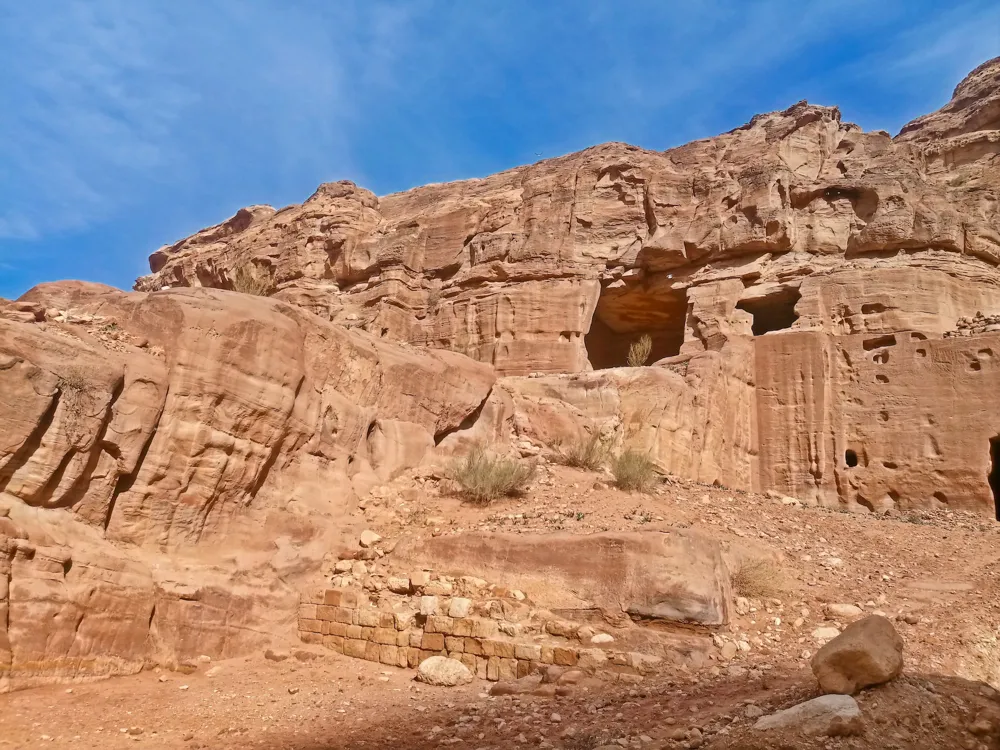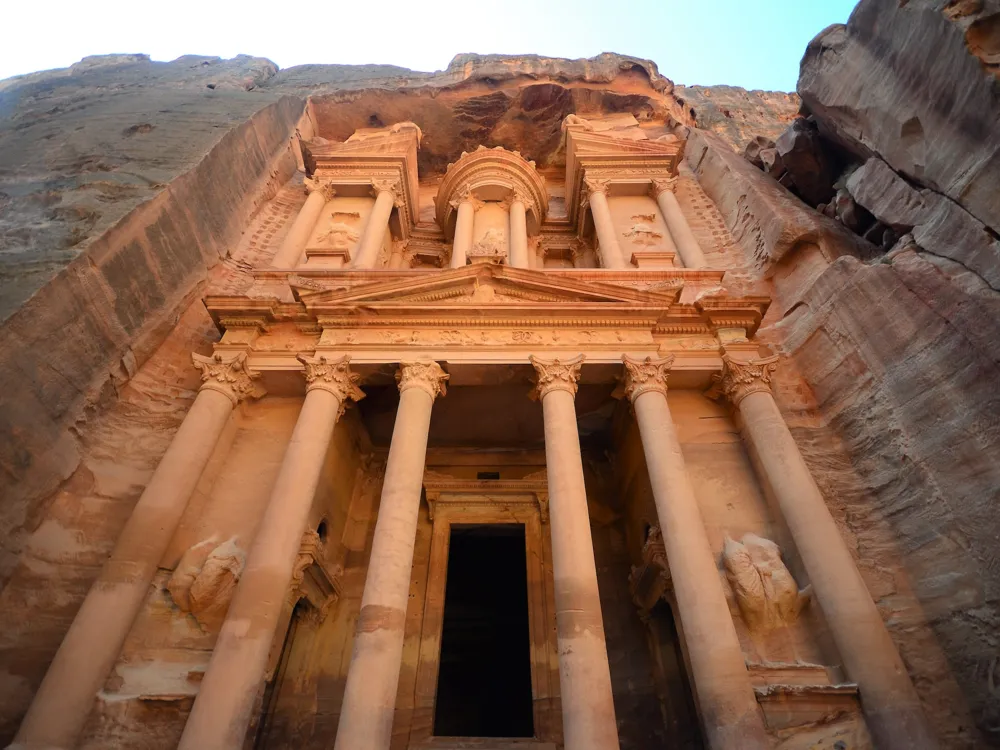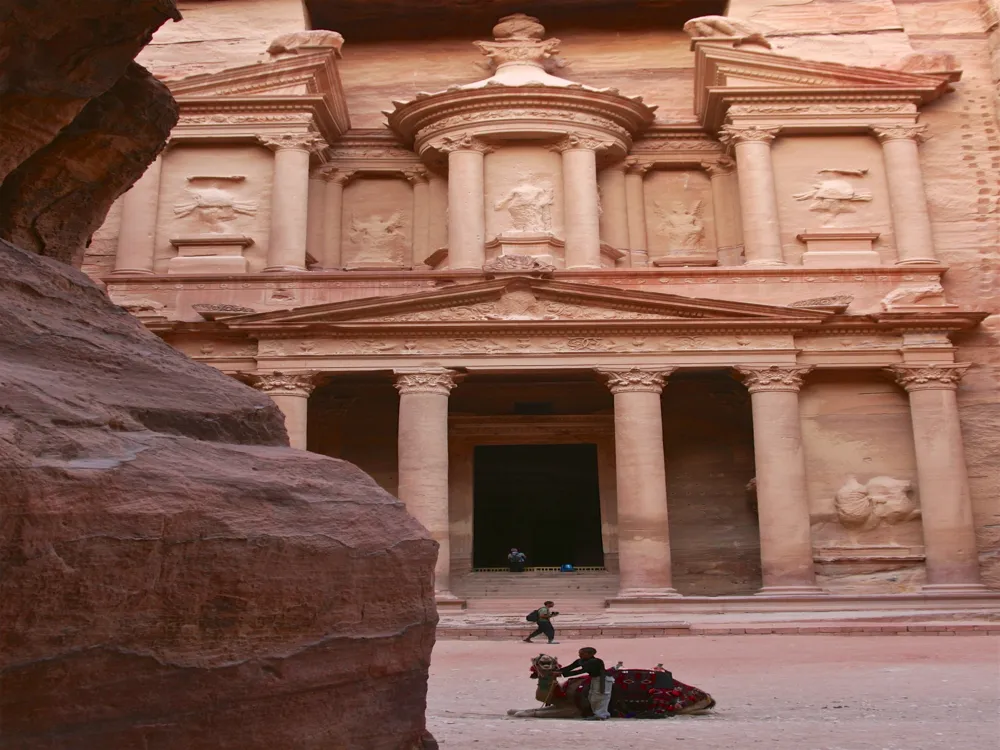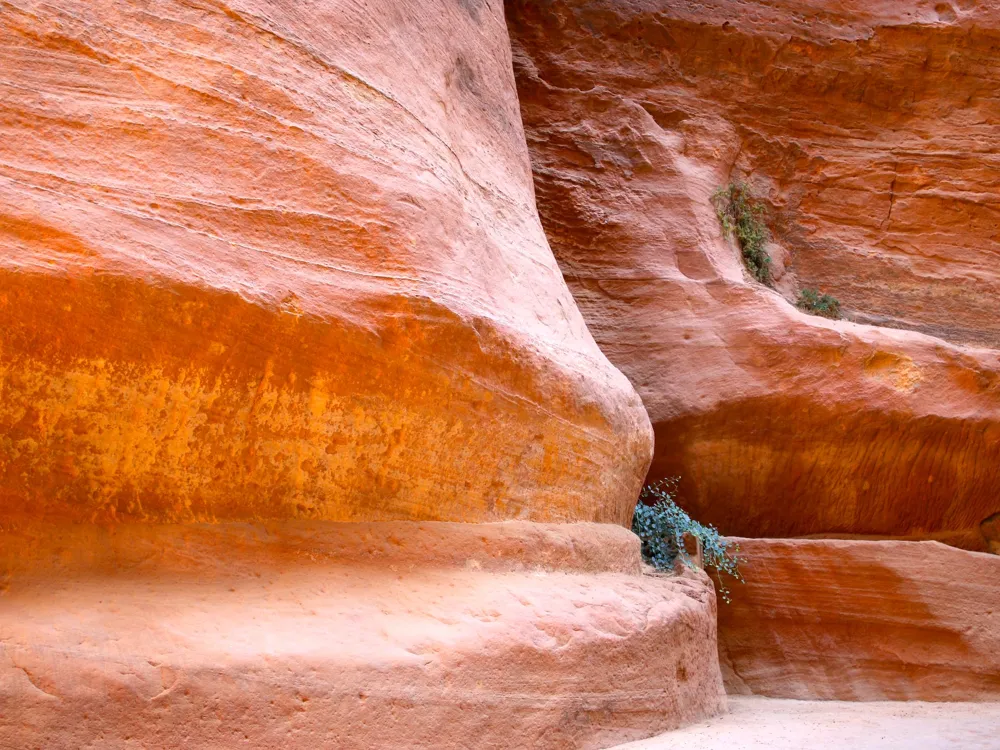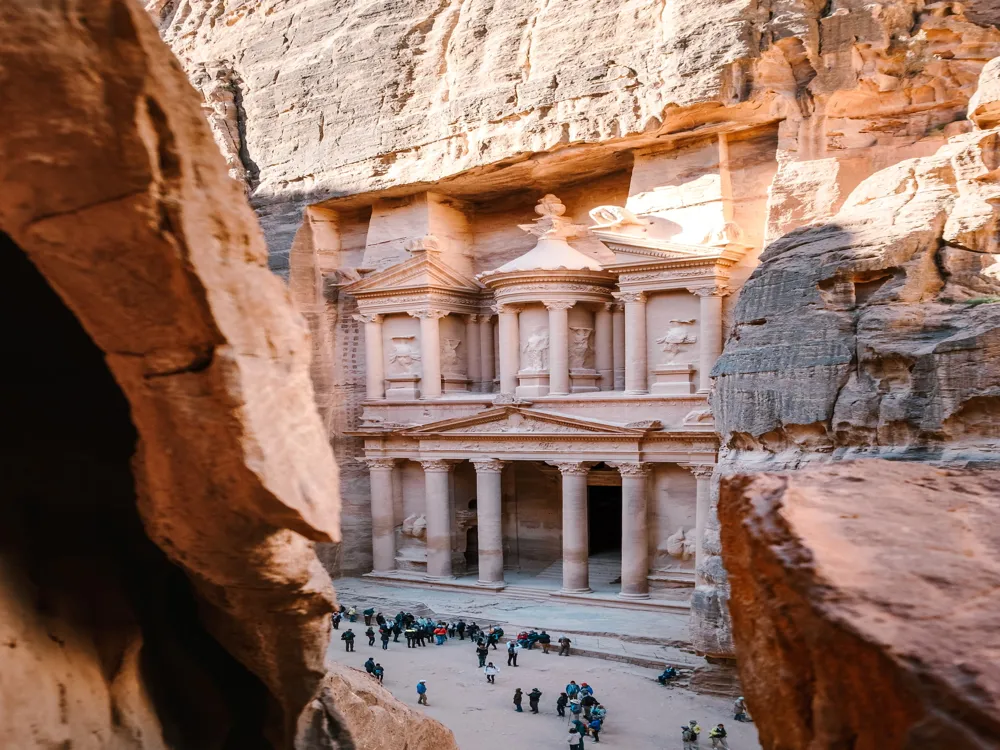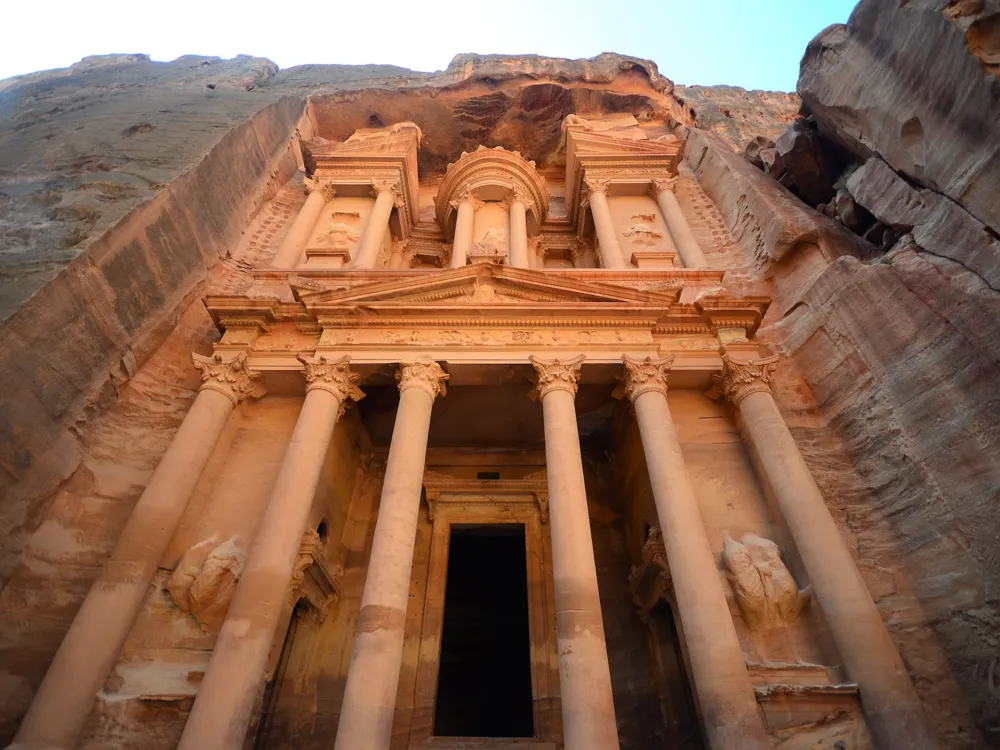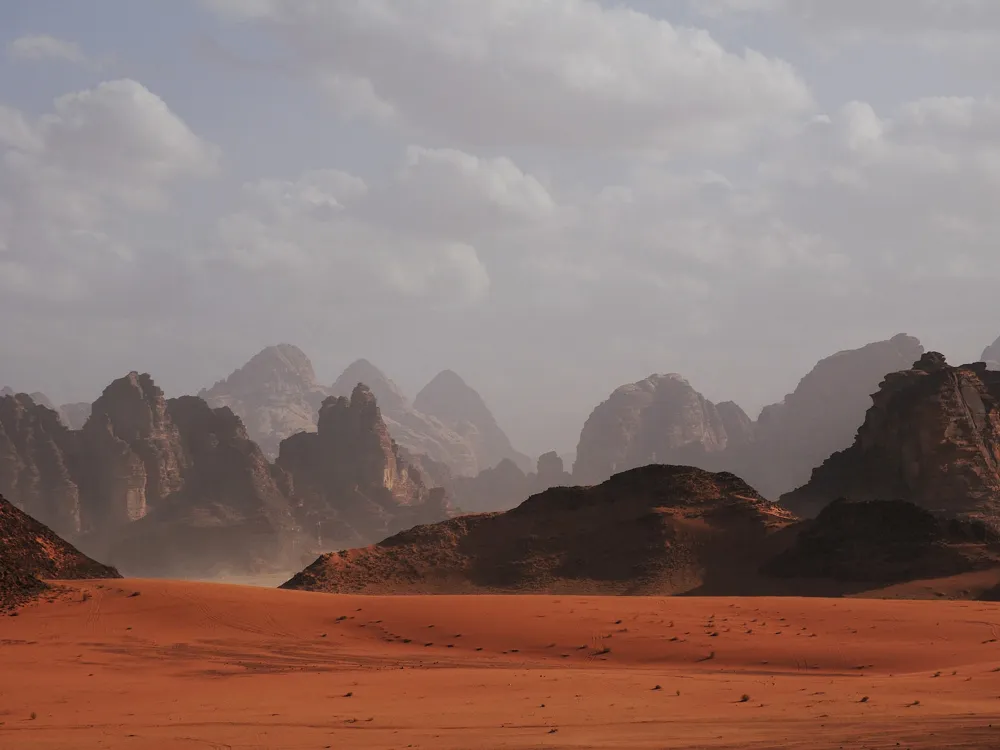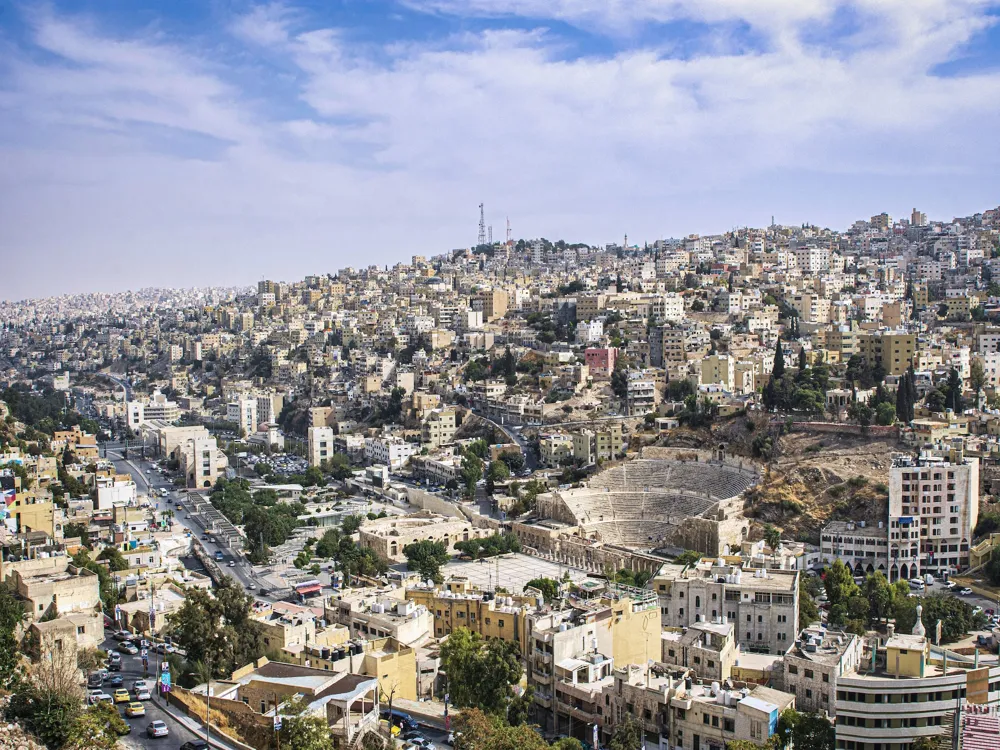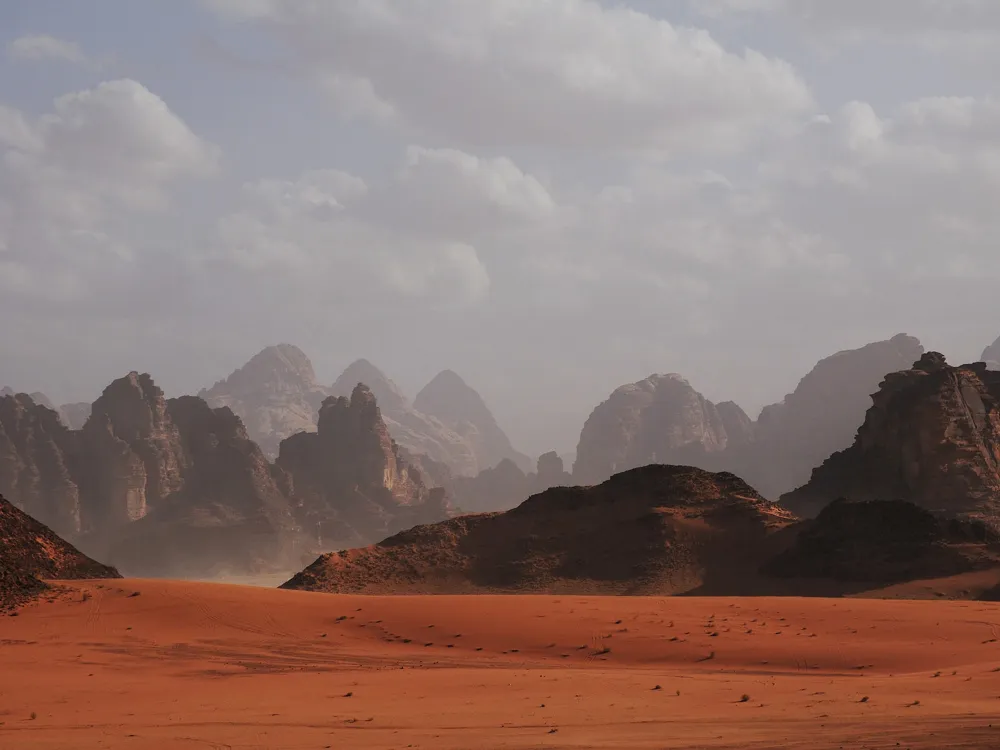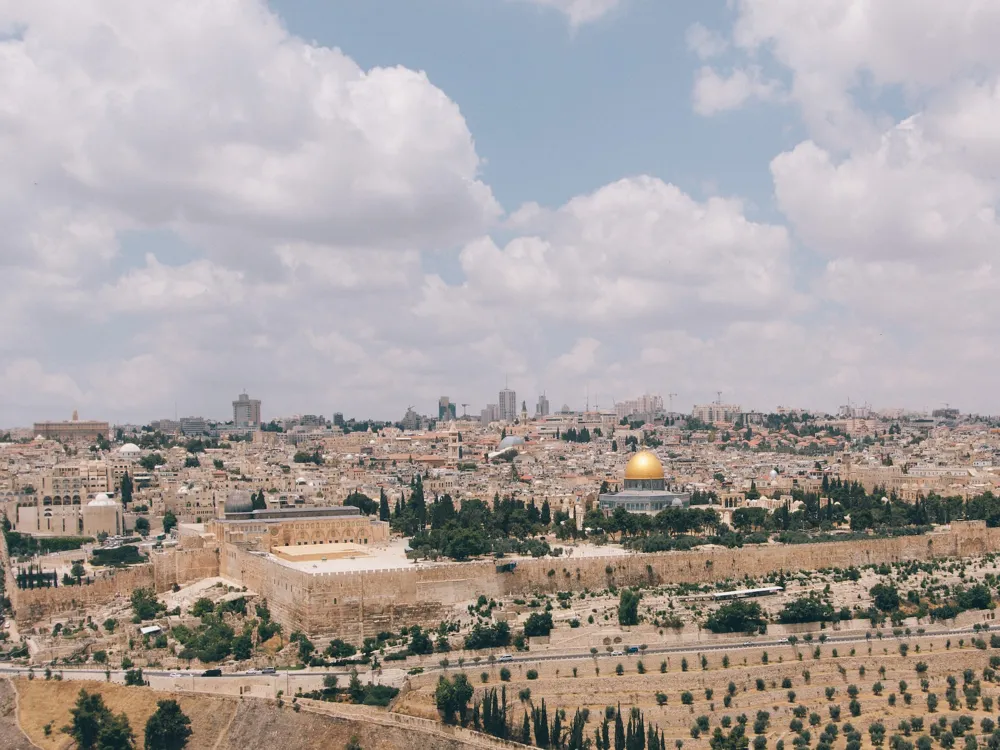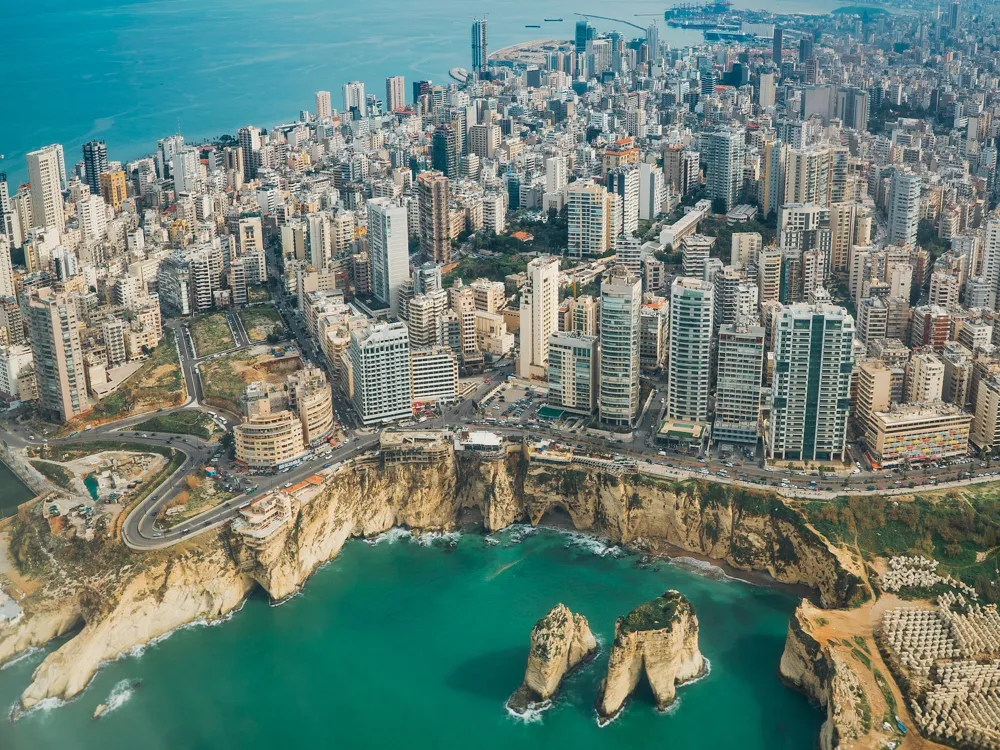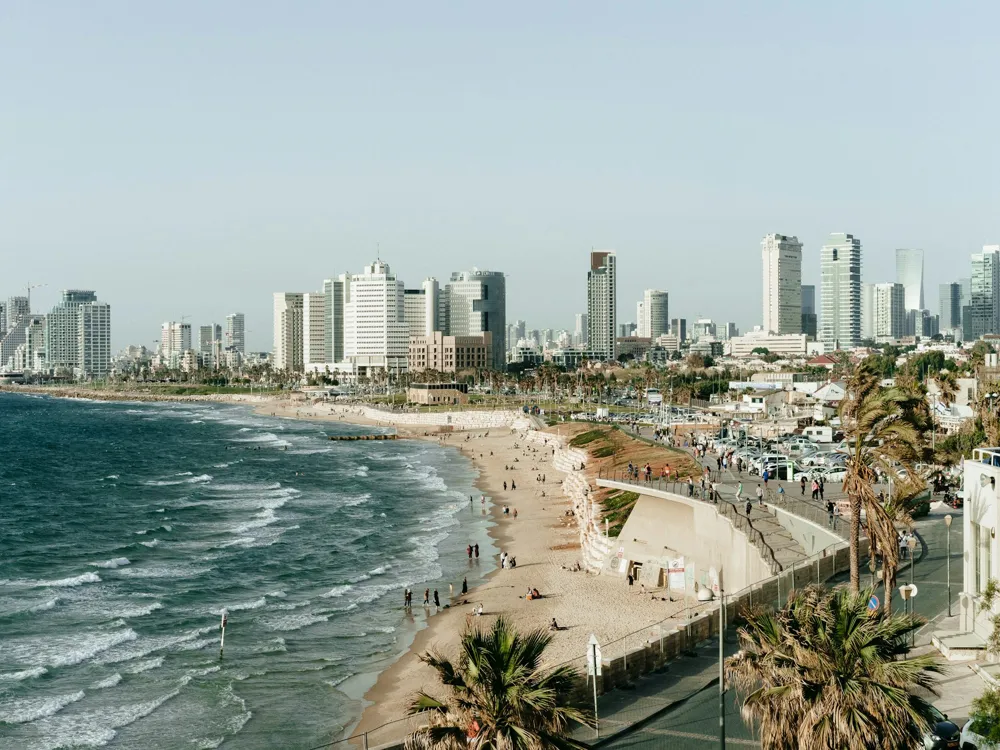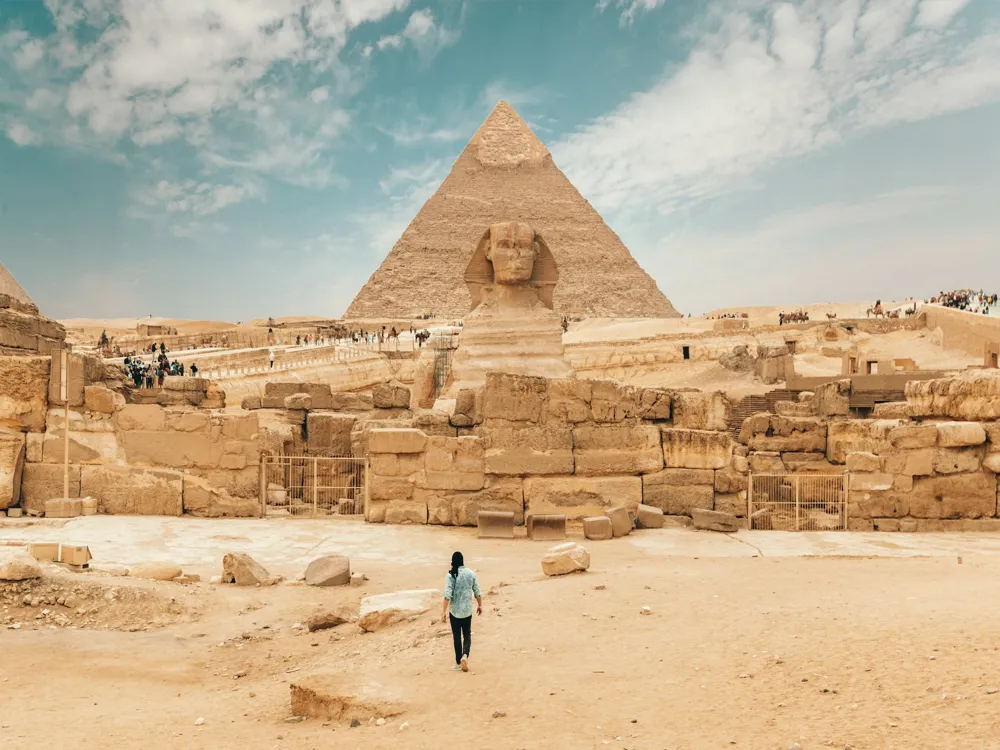Nestled within the ancient city of Petra, a UNESCO World Heritage site in Jordan, lies the magnificent Great Temple. This archaeological wonder, believed to have been constructed in the 1st century BCE, stands as a testament to the ingenuity and artistry of the Nabataeans. The Great Temple, also known as the 'Temple of the Winged Lions,' is one of Petra's largest and most intricate structures, revealing a rich tapestry of history and culture. The temple's grandeur is evident in its size, spanning approximately 7,560 square meters. It was a significant religious and cultural hub, believed to have played a central role in Petra's spiritual and social activities. The site comprises a lower temenos (sacred precinct), an upper temenos, and a temenos gate. These elements showcase a blend of Nabataean, Hellenistic, and Roman architectural influences, creating a unique and captivating aesthetic. Excavations, which began in the late 20th century, revealed the temple's complex layout and rich decorations. The lower temenos includes a massive entryway flanked by colossal columns, leading to an open-air altar where religious ceremonies were likely conducted. The upper temenos houses the temple's main structure, featuring a wide staircase, columned porticoes, and a series of chambers. Intricate carvings, statues, and frescoes adorned the temple, many of which depict deities and mythological creatures, providing insight into the religious beliefs of the Nabataeans. The Great Temple's architecture is a marvel of engineering and design. The structure was built using locally sourced sandstone, which gives the temple its characteristic rose-red hue. The stone was expertly carved to create elaborate facades, columns, and capitals. The temple's design also incorporated advanced water management systems, including channels and cisterns, essential for sustaining the settlement in the arid desert environment. The architecture of the Great Temple of Petra is a fusion of Nabataean, Hellenistic, and Roman styles, reflecting the cultural crossroads at which Petra stood. This amalgamation of influences resulted in a unique architectural language that is both grand and sophisticated. The temple's design showcases the Nabataeans' mastery of rock-cut architecture, a technique where structures are carved directly into the sandstone cliffs. The facade of the Great Temple is a prime example of this, featuring intricate carvings and detailed reliefs that depict various mythological and religious scenes. The temple's layout is equally impressive, consisting of an expansive open courtyard surrounded by columns and porticoes. This design was typical of Hellenistic and Roman temples, indicating the influence of these cultures on Nabataean architecture. The columns are of the Corinthian order, characterized by ornate capitals with acanthus leaves, a style that was popular in Roman architecture. The interior of the temple is equally striking, with multiple chambers and an inner sanctuary. The sanctuary, believed to have housed the temple's main deity, is adorned with intricate carvings and frescoes. These artistic elements display a blend of eastern and western motifs, symbolizing the cultural melting pot that was Petra. Another notable aspect of the Great Temple's architecture is its engineering prowess. The Nabataeans were skilled water engineers, and this is evident in the temple's complex water management system. Channels and cisterns were integrated into the temple's design to collect and store rainwater, a critical feature in the arid desert climate. The ideal time to visit the Great Temple is during the cooler months from October to April. During this period, the weather is pleasant, making it easier to explore the archaeological site. Summer months can be extremely hot, often reaching temperatures above 40°C (104°F). Comfortable, breathable clothing is recommended for a visit to the Great Temple. Due to the hot and dry climate, hats, sunglasses, and sunscreen are essential. Sturdy walking shoes are a must as the terrain can be uneven and involves a fair amount of walking. Opting for a guided tour can greatly enhance your experience. Knowledgeable guides provide valuable insights into the temple's history, architecture, and cultural significance. Many guided tours also include visits to other notable sites in Petra. The Great Temple of Petra is accessible from Jordan's capital, Amman, and the port city of Aqaba. Visitors can travel to Petra by car, bus, or taxi. From Petra's entrance, the Great Temple is a walkable distance, but it's a bit of a trek, so visitors should be prepared for a moderate hike. The closest airport to Petra is King Hussein International Airport in Aqaba. From there, it's about a 2-hour drive to Petra. Visitors can also fly into Queen Alia International Airport in Amman, which is approximately a 3-hour drive from Petra. Once in Petra, visitors can explore on foot or hire a horse, donkey, or camel for part of the journey. However, walking is the best way to fully experience the majesty of the site and its surroundings. Read More:Overview of The Great Temple of Petra
Architecture of The Great Temple
Tips When Visiting The Great Temple
Best Time to Visit
What to Wear
Guided Tours
How To Reach The Great Temple
The Great Temple
Petra
₹ 35,900 onwards
View petra Packages
Weather :
Tags : Temple
Timings : 0600 to 1800 in the summer, 0600 to 1600 in the winter
Entry Fee : None
Planning a Trip? Ask Your Question
Petra Travel Packages
View All Packages For Petra
Top Hotel Collections for Petra

Private Pool

Luxury Hotels

5-Star Hotels

Pet Friendly
Top Hotels Near Petra
Other Top Ranking Places In Petra
View All Places To Visit In petra
View petra Packages
Weather :
Tags : Temple
Timings : 0600 to 1800 in the summer, 0600 to 1600 in the winter
Entry Fee : None
Planning a Trip? Ask Your Question
Petra Travel Packages
View All Packages For Petra
Top Hotel Collections for Petra

Private Pool

Luxury Hotels

5-Star Hotels

Pet Friendly







